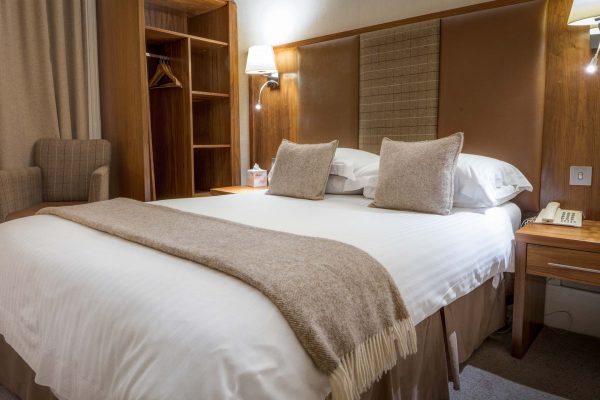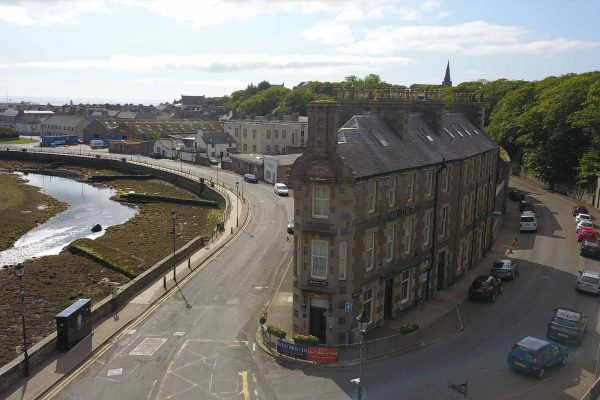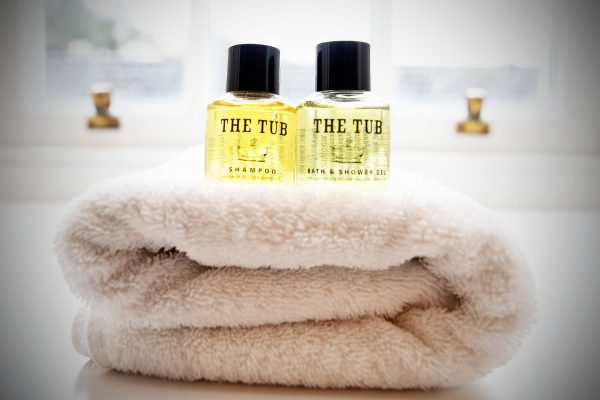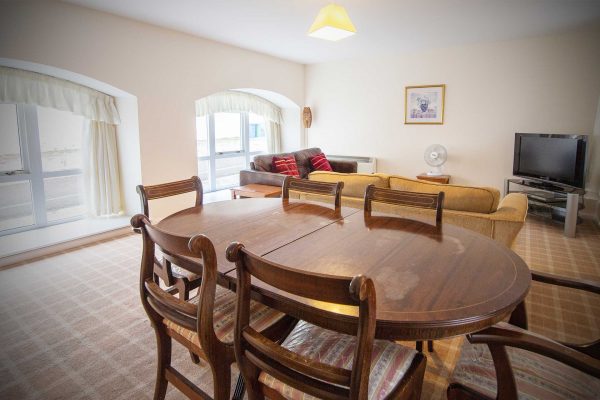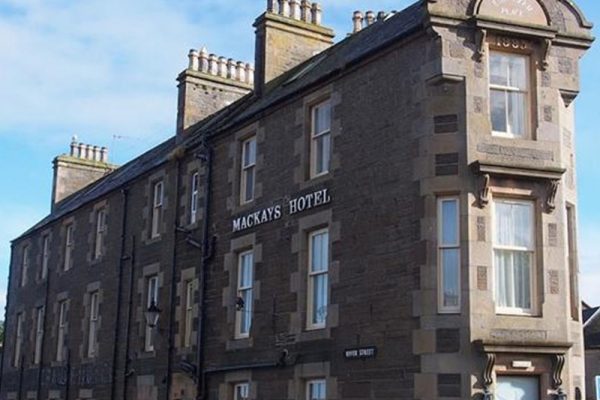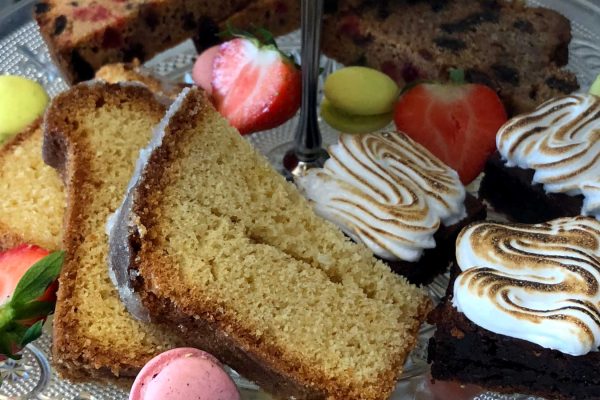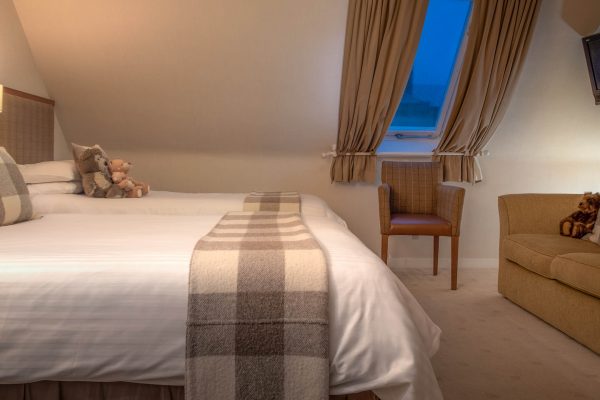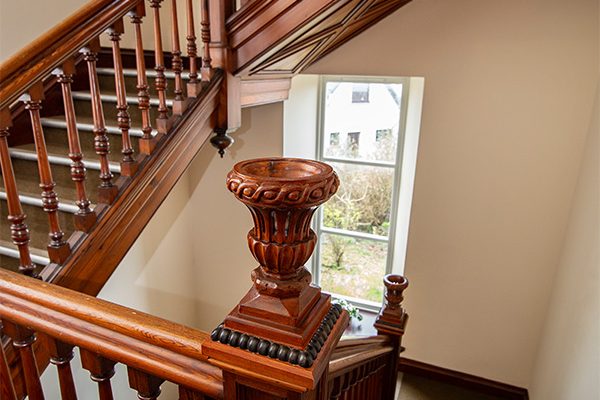Where to spot Highland cows
The Scottish Highlands is famous for many things … scenery, whisky, golf, bagpipes. But one of our favourites is the mighty Highland cow, or Heilan coo. Rest assured, when you come to stay with us at Mackays Hotel in the far north of Scotland, you’re never too far from a fold of these hairy beasts.
Look out for them in the fields around the Caithness countryside. From Wick to John O’Groats to Thurso, there are plenty of opportunities along the way to spot Highland cows. One of the local farms near Thurso, Kirkton Farm, even offers Farm Buggy Tours around their fields, where you’ll meet their Highland cattle and other friendly farm animals.
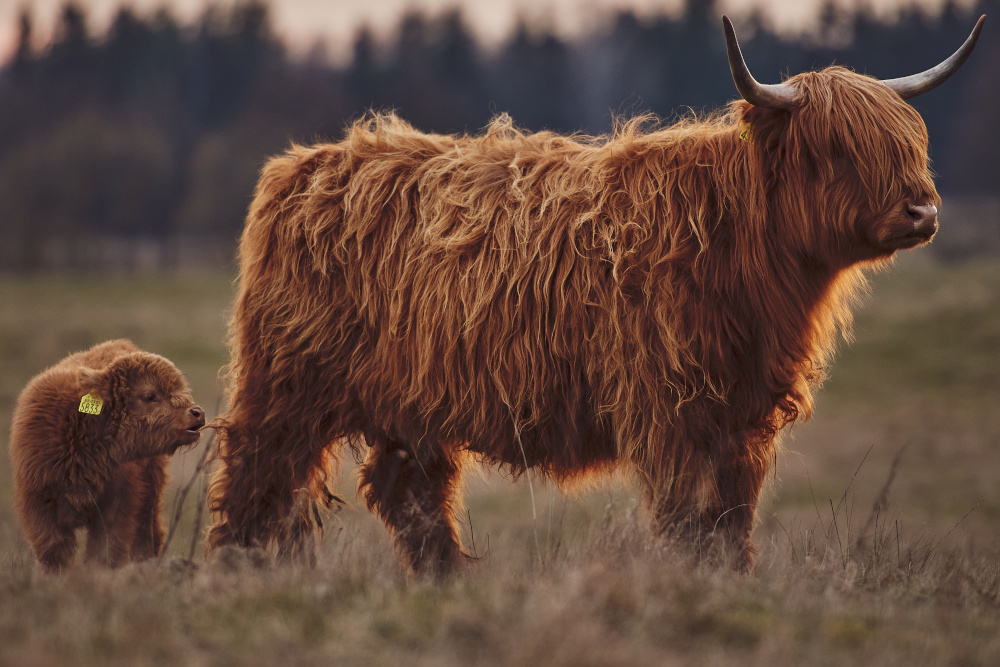
Highland cows in Scotland
Highland cattle originated from farms in the Highlands and Islands of Scotland. These hardy creatures with their thick coats were well-suited to the Scottish climate. They have been around since at least the 6th century, but the first herd wasn’t officially recorded until 1885. There were two distinct types of Highland cattle at this time; A black variety, known as Kyloe, which came from the Outer Hebrides, and the slightly larger Highlander, from the mainland, which came in a range of colours, including the iconic red-brown variety. Today, they are all classed as Highland cattle and you can spot them in many colours, here in the far north of Scotland and across the country. They are also sometimes cross-bred with other types of cattle.
How to recognise a Highland cow
Highland cows are very distinctive. They have long, woolly coats, which may be black, brown, red, yellow, white, grey or silver. They also have two horns on their head, which curve upwards. The horns differ in size and shape for males and females. Bulls’ horns are shorter, thicker and straighter than cows’ horns.
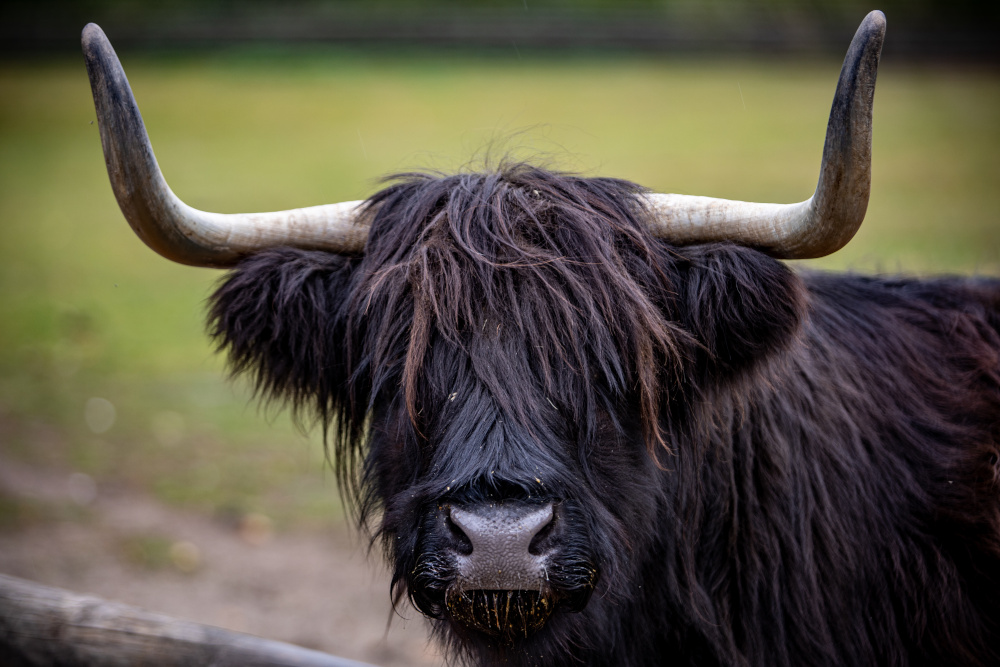
5 interesting Highland cow facts
- They are hardy. Highland cattle use their horns to rake the ground, helping them to find food, even in the toughest of conditions. And their long coats actually have two layers. A long, shaggy, weather-proof outercoat to protect them from the Scottish wind, rain and snow, and a soft and fluffy undercoat to keep them warm and cosy, meaning they can tolerate very cold temperatures.
- They are friendly too! Known for their good temperament and non-aggressive nature. They don’t fight between themselves and are also friendly towards humans. However, you should take care around cows with calves, as they may be protective of their young.
- Social hierarchy. Highland cattle have a strong social hierarchy within the fold, depending on age and sex, with older animals and males dominating. This very clear structure is the reason that there is no fighting between the cattle.
- Links with royalty. There is a story that Queen Victoria once commented that she preferred the red-coloured cows, which resulted in selective breeding of this colour during the 19th century. Red is now the most common colour of Highland cow we see in Scotland. Queen Elizabeth II was also a fan of Highland cows. So much so, she established her own fold on the Balmoral Estate in 1953 and was considered one of the country’s top breeders.
- Facts and figures. Highland cattle have a life expectancy of up to 20 years. They reach maturity at around 18 months, and usually give birth to single calves or occasionally twins. Adults weigh between 450 and 800 kg and can consume up to 70 kg of grass per day over around eight hours of grazing.
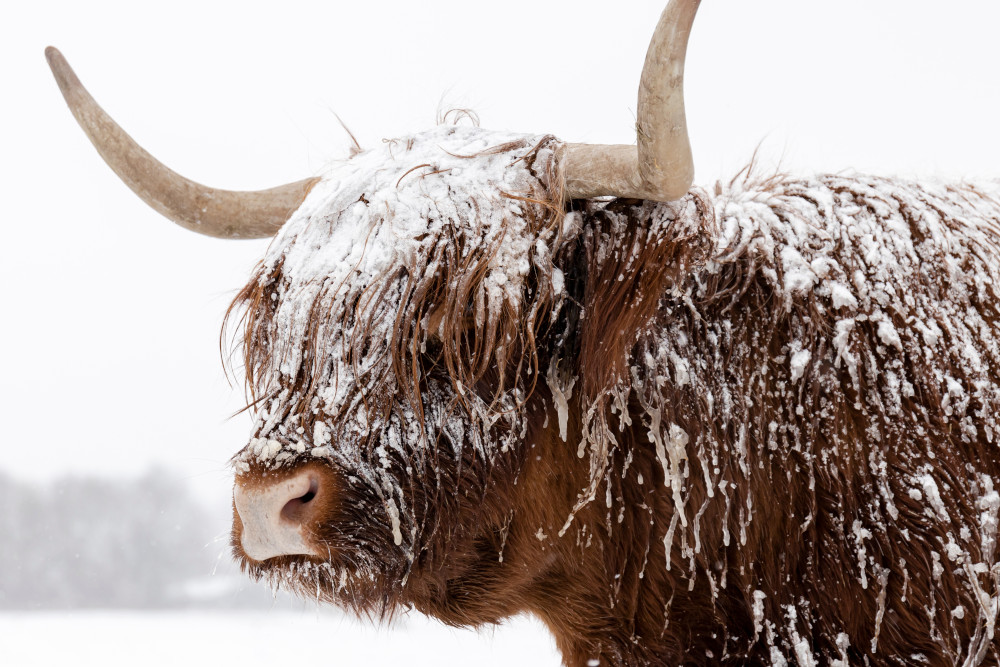
So, look out for Highland cows on your next visit to Mackays Hotel in Wick. Take a look at our latest special offers and book your break with us today!
Book Now

